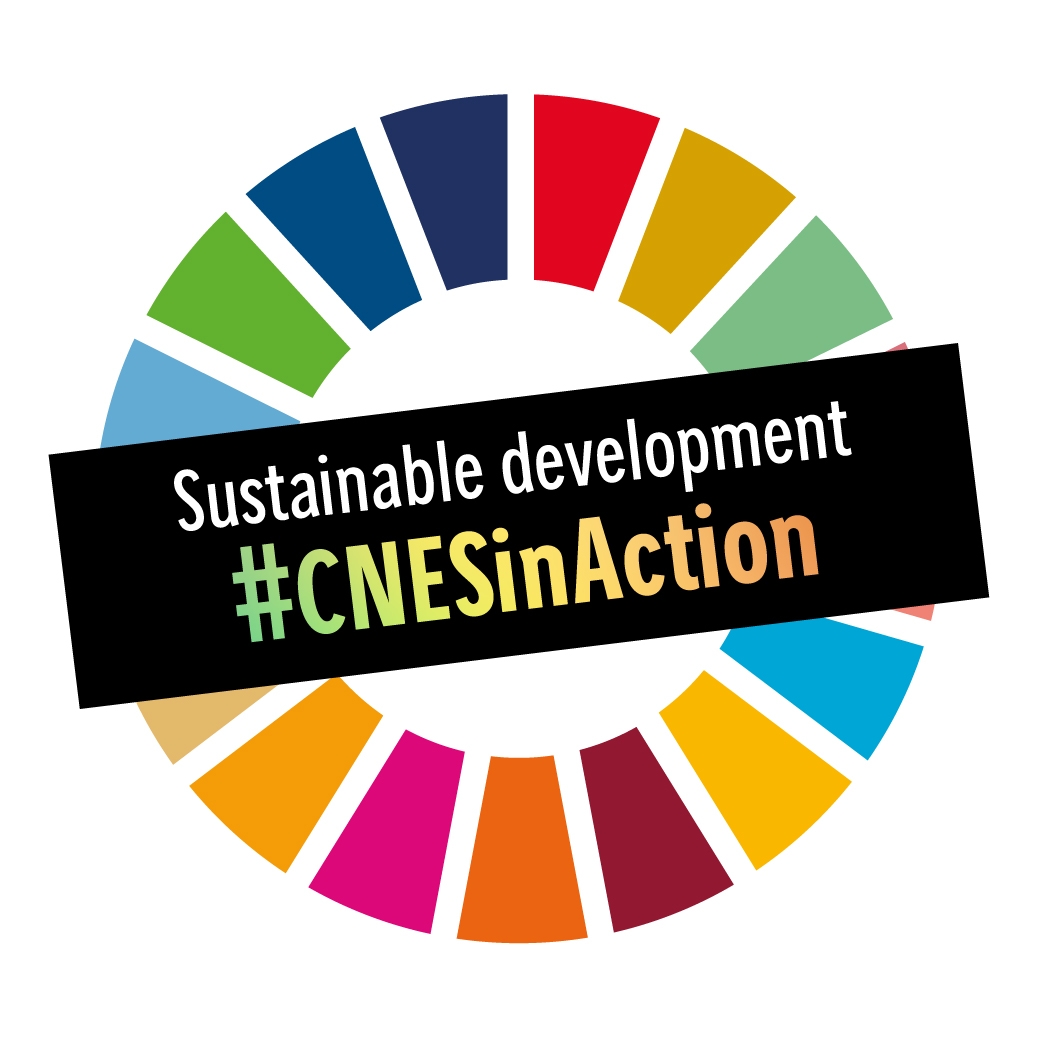The 3 pillars of our environment policy
Pillar #1
Helping to protect the environment and curb climate change through space missions
CNES has for 60 years developed space missions dedicated to studying Earth and protecting the environment, and more recently to combating climate change.
Out of the 50 essential climate variables (ECVs), 26 are observed from space. This proportion illustrates the importance of space technologies in understanding the mechanisms underlying climate disruptions and in implementing measures to adapt to them. As a climate-driven space agency, CNES is focused intently on environmental issues, notably through its Earth-observation, altimetry and atmosphere satellite programmes developed with international partners.
Earth-observation data gleaned from these missions are a vital resource to:
- Enable scientists to better understand how the Earth system and its environment are evolving.
- Give decision-makers the tools needed to institute effective policies.
- Offer public and private players the means to develop environmental services.
Pillar #2
Working throughout the value chain when managing projects and activities to reduce their environmental footprint
All of CNES’s space projects—from launchers to satellites and infrastructures—are underpinned by a comprehensive eco-design approach.
Eco-design involves factoring the environmental dimension into every stage of a project, from the early conceptual phase through development and operations to end of life. To this end, CNES is committed to a life-cycle analysis approach that allows all of a project’s impacts to be measured in objective fashion. This method takes into account materials used, trips made by employees and power consumption by data centres to determine the best form of organization and processes to ensure good environmental stewardship.
CNES is also extending this environmental approach to its suppliers, for whom it defines quality and sourcing criteria in its procurement policy.
Lastly, to protect the space environment’s integrity, CNES is a prime mover behind the concerted effort to preserve useful orbits and sustainably manage space debris and atmospheric re-entries, in accordance with the French Space Operations Act (FSOA).
Pillar #3
Reducing our greenhouse gas emissions and preserving biodiversity
CNES’s ISO 14001-certified environmental management system is a key part of its efforts to continuously improve performance and lead by example
The agency is aiming towards net zero greenhouse gas emissions by 2050. To this end, it is working to achieve energy efficiency and transition to renewable energies at its field centres: a goal that will require a comprehensive plan to reduce energy consumption, notably by refurbishing its buildings, improving the performance of certain resources like its data centres and optimizing work trips. Its low-carbon strategy also calls for developing renewable energies on a massive scale, especially in French Guiana.
In line with its commitments as an Act4Nature accredited body, CNES is also working to preserve biodiversity at its field centres, mapping natural landscapes, inventorying flora and fauna and protecting them through tailored management plans. In French Guiana, it is paying special attention to controlling the impacts of its activities by acquiring regular environmental measurements and tackling invasive species.
Lastly, CNES is striving to reduce pressure on natural resources, notably by limiting consumption of water, paper—through increased recourse to paperless processes—plastic and office supplies in general, as well as by optimizing equipment lifetime.

Discover our five CSR commitments



